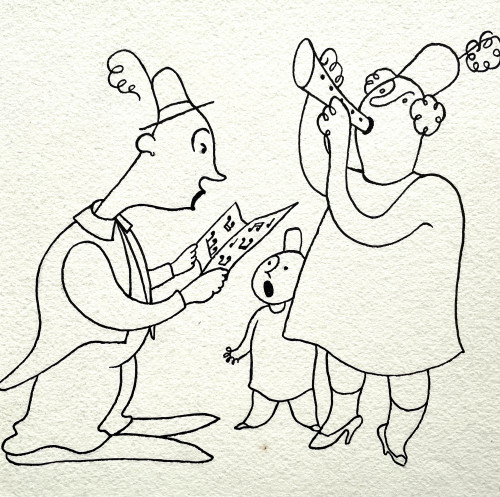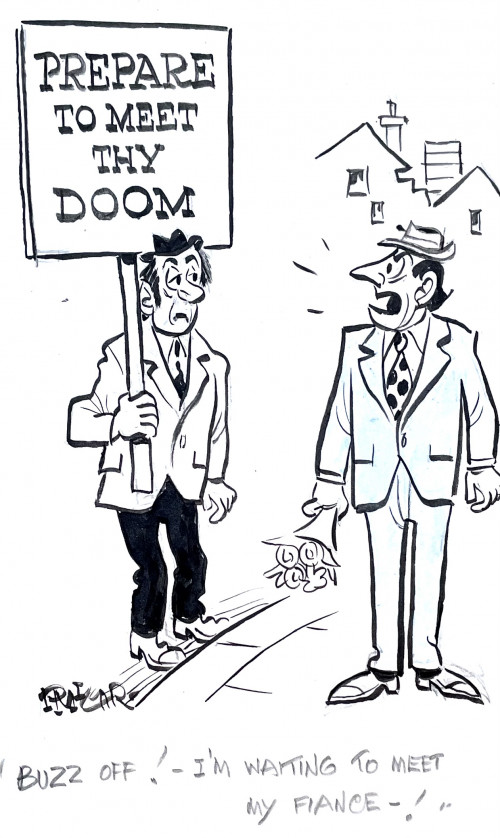- HOME
-
- View All Items
- New Arrivals
- Featured Items
- Artists
-
- View All
- Contemporary
- Birmingham School
- Cotswold Group
- Landscape
- Urban Townscape
- Abstract
- Animals/Birds
- Arts & Crafts
- British Impressionist
- Botanical
- Design/Industrial
- Fantasy/Fairy Subjects
- Female Artists
- Figurative
- Historical
- Illustration/Cartoon
- Marine
- Military/War Artist
- Modern British
- Pre-raphaelite/ Romantic/ Aesthetic
- Nude
- Portrait
- Prints
- Scottish
- Sculpture
- Sporting
- Still Life
- Theatrical
- Interiors/Architectural
-
ARCHIVE
Genre
- View All
- Contemporary
- Birmingham School
- Cotswold Group
- Landscape
- Urban Townscape
- Abstract
- Animals/Birds
- Arts & Crafts
- British Impressionist
- Botanical
- Design/Industrial
- Fantasy/Fairy Subjects
- Female Artists
- Figurative
- Historical
- Illustration/Cartoon
- Marine
- Military/War Artist
- Modern British
- Pre-raphaelite/ Romantic/ Aesthetic
- Nude
- Portrait
- Prints
- Scottish
- Sculpture
- Sporting
- Still Life
- Theatrical
- Interiors/Architectural
- ARTISTS
- Online Exhibitions
- Events
- About
- Contact
- Home
- Genre
- Illustration/Cartoon
- The Ideal Watering-Place for Man and Horse - A Soldiers Paradise Behind the Lines in France
The Ideal Watering-Place for Man and Horse - A Soldiers Paradise Behind the Lines in France
The Ideal Watering-Place for Man and Horse - A Soldiers Paradise Behind the Lines in France
Gilbert Holiday was the son of Sir Frederick Holiday and nephew of Henry Holiday, the painter and stained glass designer. His early years were spent in St John’s Wood where he would have been familiar with the horses and troops of the Royal Horse Artillery. He was educated at Westminster before attending the Royal Academy Schools and first worked as an illustrator for The Graphic, Tatler and The Illustrated London News. At this time he shared a studio with Lionel Edwards who said of Holiday “no one can, or ever could, paint a horse in action better that Gilbert could.” In 1908 he married Mina Spencer of Guernsey. At the First World War he worked as a war artist for The Graphic before being commissioned into the Royal Field Artillery as a Forward Observation Officer in 1915. Later appointed as Reconnaissance Officer, he was allowed to draw across the 8th Corps area and prepared a number of artillery panoramas, several of which were later purchased by The Imperial War Museum (now believed lost). He played an active part in drawing up plans of enemy positions, often venturing into No Man’s Land with his sketchbook. Holiday left the army in 1919. His work continued to appear regularly in Tatler and Illustrated London News, although he now became a well-respected equestrian artist and illustrator, painting every kind of equine subject including hunting, racing, polo, coaching, working horses and show jumping. He was also popular for Regimental commissions. Being equally confident working in oil, watercolour, pastel or pencil, he was considered on the outstanding equestrian artists of his day. A keen hunting man, Holiday had a serious fall in 1932, crushing his spinal cord. He never walked again and although paralysed below the waist he continued to paint until his death in 1937. Executed during the First World War when Holiday was serving in the Royal Field Artillery as a Forward Observation Officer, this drawing was reproduced in The Graphic, 23 October 1915, p.525. The illustration was accompanied by the following explanation of the subject: “It frequently happens that behind the lines of the British Army in Flanders and France a good watering-place for horses and men is exceedingly difficult to find. The picture above, however, is what the artist calls an “earthly paradise” ”“ which means that there is an abundant water supply under the best conditions.”
Dimensions:
Thank you for your enquiry.
We will get back to you soon.
Please create wishlist to add this item to
RELATED ITEMS














